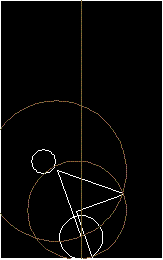Snatch (weightlifting)
The objective of the snatch is to lift the barbell from the ground to overhead in one continuous motion.
[1] Before WWII, the squat style was performed mainly by German lifters, while the rest of the world preferred the split snatch because the squat style required great precision and balance and was also considered precarious.
It is the most basic version of the snatch, and simpler for beginners and those with limited mobility to learn, but may also be used by advanced lifters to train for specific purposes such as explosiveness in the pull.
[5] In the muscle snatch, the lifter lifts the bar all the way overhead with arms locked out and the hip and knee fully extended.
The lifter begins the first phase of the pull or "Pre-lift off", with the feet placed approximately hip width apart, toes turned out slightly with the bar above the midfoot.
Hips are placed so that the top of the thigh is approximately parallel to the ground but may also be slightly higher or lower depending on the lifter.
During the first pull, the lifter begins to exert force on the bar, separating the weight from the platform.
In the second phase, the lifter begins by extending the knee and moving the hip upward while maintaining a constant back angle relative to the floor.
This is followed by an upward elevation of the shoulders (the "shrug"),[7] and simultaneously lifting the heels or the whole foot off the ground.
The triple-extension in the snatch (simultaneous extension of the knee and hip, and plantar flexion at the ankle) mimics the movements previously mentioned while requiring the athlete to produce large amounts of power at high velocities.



